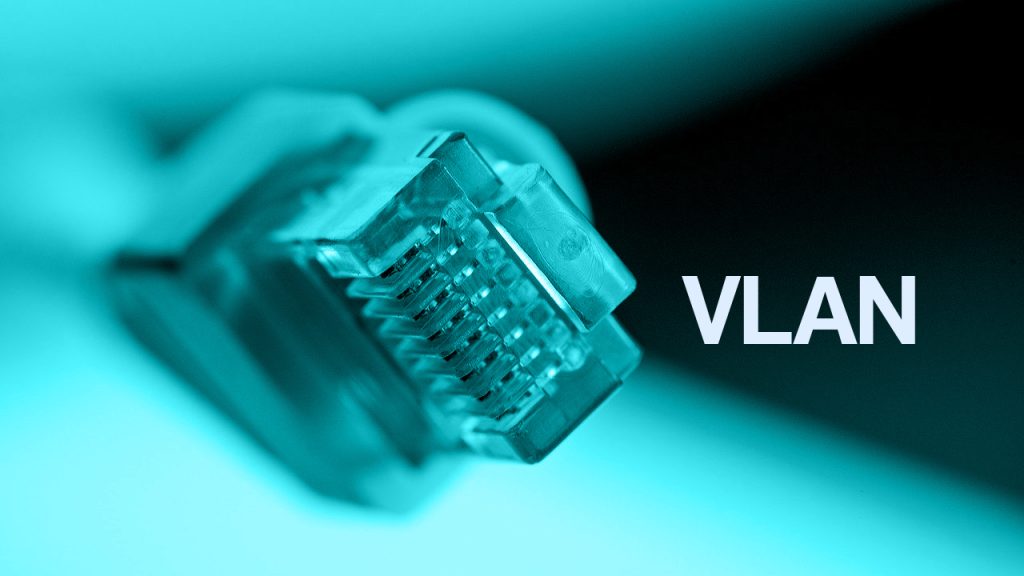How VLANs work in this article will be shown in a discussion that can make it easier for you to understand what a VLAN is.
In a sense, this VLAN is a logical network model in many or several different paths but still through different connecting devices.
In this article, we will discuss about VLAN devices, types of VLANs, the benefits of VLANs, and how VLANs work in a concise and clear way. The tools in this program allow multiple IP networks as well as small networks or subnets in one network with the same switch device.
With VLANs allowing a computer to communicate on the same network, each device on this network must have an IP and subnet mask that is adjusted by the VLAN.
Table of Contents
VLAN devices
This VLAN device actually does not have a physical form but exists in a virtual form, the notion of a VLAN itself is a collection of devices in one or more networks that are configured by software so that they can communicate as if in the same network.
VLAN Type
There are several types of VLANs, namely :
- Data VLANs are VLANs that carry data traffic from users or clients.
- Voice VLAN is a VLAN that carries data traffic in the form of voice or voice originating from IP Phones. This VLAN voice, the better the quality, the maximum VoIP communication.
In addition to the two VLANs, the default VLAN is also the VLAN that already exists on the switch. VLAN 1 is the default VLAN. If the network is not configured by a VLAN then all hosts to which the switch is connected are members of VLAN 1.
How VLANs Work
The way VLANs work can be divided into several methods or types used, either using ports, MAC addresses and so on.
In the VLAN contains information in the address stored in the database, if you see that so that port addressing can be used then the database should record the various ports used by the VLAN.
For VLAN configuration, a switch or bridge is needed which functions to store all information and configuration data from the VLAN and also ensures that all switches have the same information.
How VLANs work can be divided into several stages as follows :
- Filtering Database, In this section there is information about the VLAN grouping it consists of.
- Static Entries
- Static Filtering Entries. This stage will be grouped whether information or data packets will be sent or discarded.
- This stage also groups information or data packets to be sent, discarded or stored in dynamic entries.
- Static Registration Entries. pada tahap ini juga dikelompokan apakah paket informasi atau data dapat dikirim ke jaringan VLAN lewat port yang sudah ditentukan.
- Dynamic Entries
- Dynamic Filtering Entries. at this stage will sort the data packets sent or discarded.
- Dynamic Group Entries. selects data packets to be sent, forwarded, or dismissed on the group.
- Dynamic Registration Entries. This stage returns the port that is responsible for sorting data packets.
- Tagging is a system that selects and shares the VLAN destination, conveys it in the form of a header tag, so that information data can be sent to only certain users and includes a MAC address.
There are 2 types of tagging, namely:
- Ethernet Frame Tag Header
- Token Ring and Fiber Distributed Data Interface (FDDI)Jasa Konfigurasi VLAN
In the modern business era, the use of VLANs is quite important for the development of digital business. Not a few companies are starting to use VLAN configurations for their business.
For this reason, VLAN configuration services can also be used as an alternative for companies to make VLAN configurations for businesses easier and more practical. Trust your configuration needs to the experts, NetData.
Conclusion
Judging from the article above we can conclude that this VLAN is a network consisting of one or more channels configured by software in a single switch.
Hopefully, from the article review about VLANs above, it can make you understand better how VLANs actually work.
![]()


